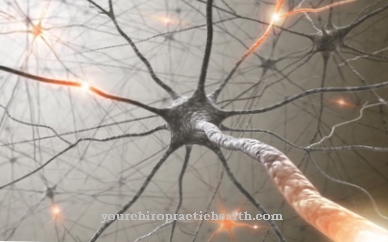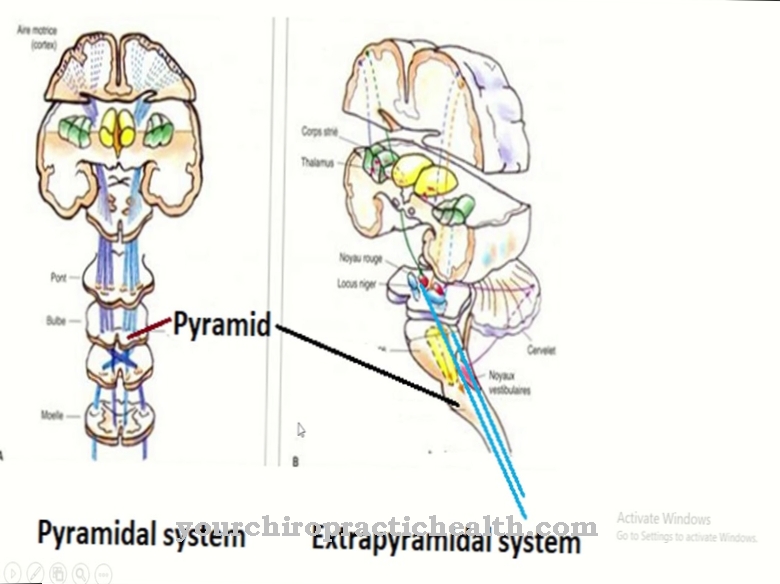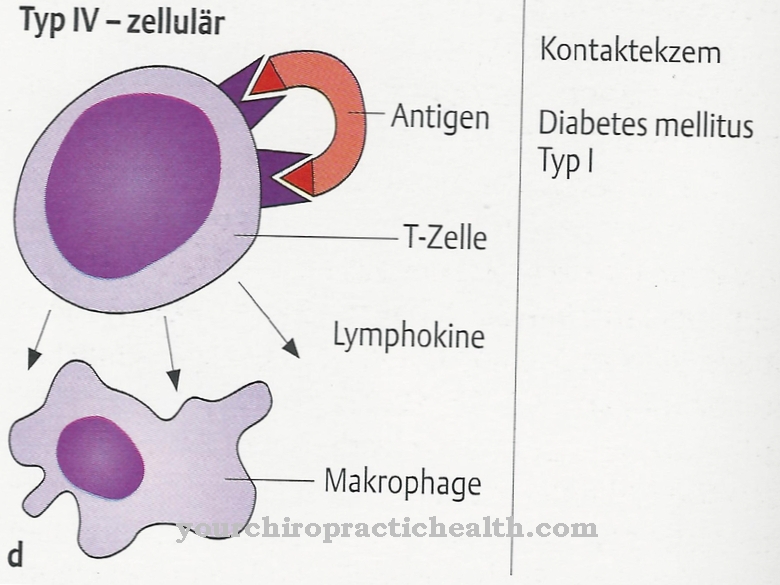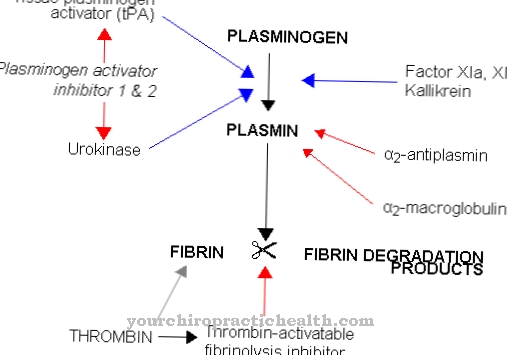In the Genetic drift it is a change in the allele frequency within a gene pool of a population. The genetic drift is usually triggered by a random event, such as a natural disaster, the shifting of continental plates or the eruption of volcanoes. The genetic drift thus represents an evolutionary factor.
What is the genetic drift?

In a certain way, genetic drift is the opposite of natural selection. Because natural selection does not happen by chance. Instead, the changes in the genes of a population depend on the reproductive and survival success of the individual members of the population. They express their adaptability to the environment.
On the other hand, the genetic drift has no such reasons, but occurs exclusively by chance and is therefore stochastic. Basically, genetic drift is an important criterion for the emergence of new species. In populations of small size in particular, random changes in the allele frequency, such as occur in genetic drift, have a strong effect on the development of the individuals. If a small population is cut off from the total population, this population only has a section of genes. The existing allele frequency is, however, decisive for the evolutionary development of the subpopulation.
There is also a special form within the genetic drift: the bottle neck effect. With this effect, the size of the population is significantly reduced due to a random event. As a result, the genetic variability that exists in the population decreases. After the random event, the allele frequencies differ significantly from those of the original population in the majority of cases. The lower genetic diversity in the cut-off population then makes it difficult to adapt to the environment and can make living things difficult to survive.
The genetic drift may, however, also occur in larger populations that have been divided into small subpopulations. The condition here is that genes change randomly and these changes are passed on to the offspring.
Function & task
The importance of genetic drift for humans lies primarily in the evolutionary history of mankind. Genetic drift is an important factor in the formation and transmission of new genetic adaptations to the environment. Just like selection, genetic variation and isolation, genetic drift is also one of the so-called evolutionary factors. It thus plays a major role in the formation and development of populations.
The genetic drift is a probability effect. Those genes that are inherited from one generation to the next are not an exact copy. Instead, the inherited genes are selected at random. This effect becomes more noticeable the smaller the size of the population, because smaller populations have higher fluctuations with regard to the allele frequencies than larger populations.
The genetic drift acts simultaneously with the natural selection. Both factors change the gene pool of a population. There are changes in the composition and frequency of allele frequencies. As a result, the phenotypic properties of the individuals and thus the population change.
It should be noted here that the genetic drift occurs regardless of whether the results have a positive or negative effect on the survival and adaptability of the offspring. Because the genetic drift is triggered by random events and thus takes place independently of the genetic adaptation.
On the other hand, natural selection strengthens those phenotypic properties that increase the genetic fitness of individuals and thus ultimately populations. In populations with many members, natural selection usually has a greater influence on the change in allele frequencies. The situation is different with numerically small populations, in which in the majority of cases the genetic drift has a stronger effect.
Illnesses & ailments
Under certain circumstances, the genetic drift has a considerable impact on human populations and in the course of evolution has in part led to the extinction of populations. When a population decreases in number, which has often happened during human evolution, in some cases the genetic drift causes drastic changes in allele frequency. These changes are independent of natural selection. In this case, advantageous adaptations to the environment that have already been acquired may be lost. This is known as the described bottleneck effect. The resulting disadvantages are partially put into perspective by what is known as purging.
The founder effect plays a major role in nomadic populations, for example. If a small number of individuals create a new population by splitting off from the original population, this sometimes contradicts natural selection. This is especially true when the members of the newly established population are characterized by rare gene frequencies. The founding effect of genetic drift can cause hereditary diseases to accumulate in human populations.
If the frequency of special genes changes in subsequent generations, sometimes an allele within a population is completely lost. On the other hand, it can also be the only allele. Overall, this reduces the genetic variability and the gene pool becomes smaller, which ultimately has a negative effect on the chances of survival.






















.jpg)




